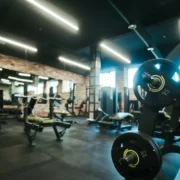What Sets Top-Performing Fitness Studios Apart? BFS Network Has the Data
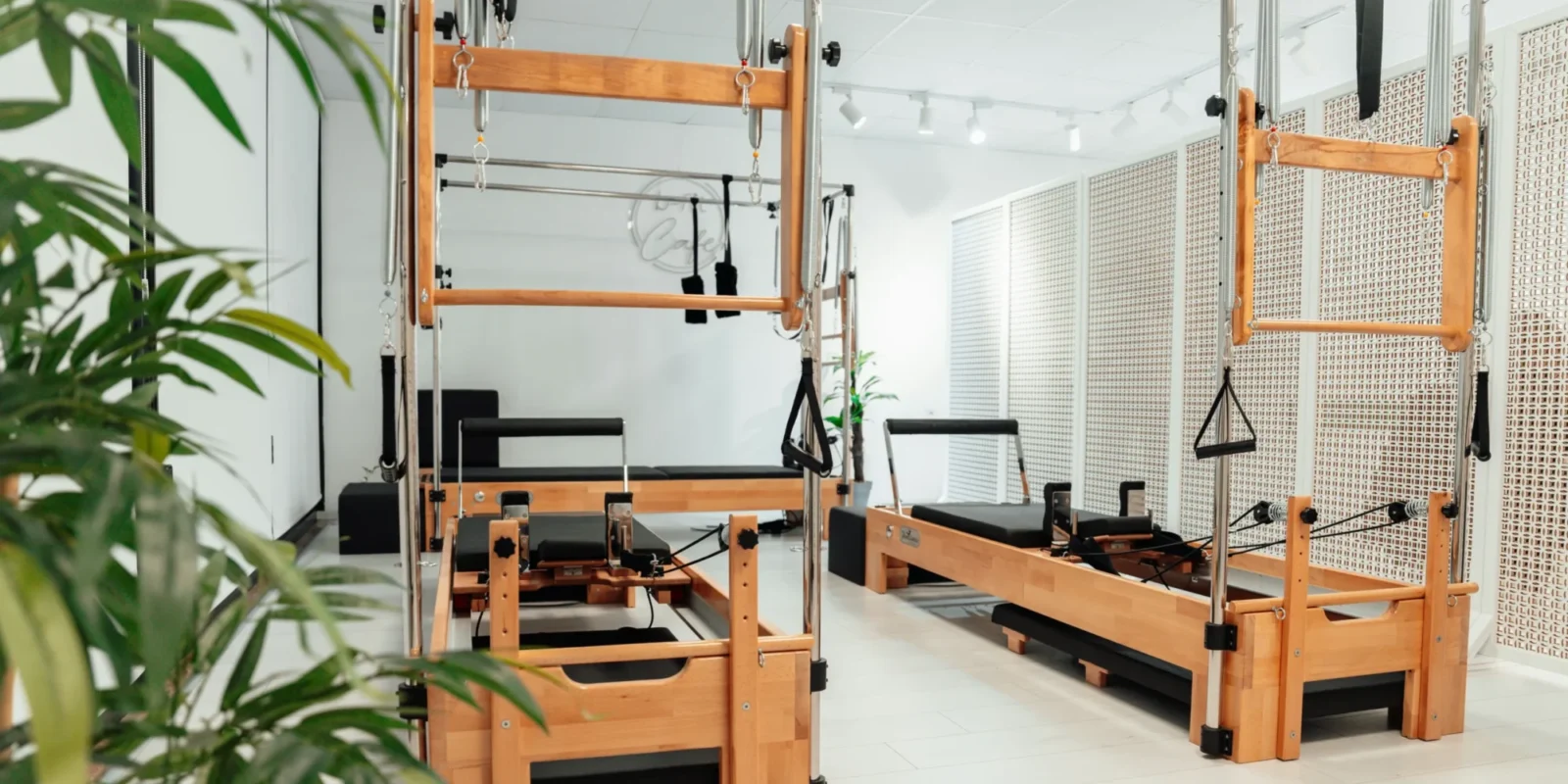
Profits & pitfalls: A new State of the Industry Report from BFS uncovers what’s driving boutique studio profits—and what’s holding others back
What sets the most profitable boutique studios apart? A new report from The BFS Network has the answers. The growth accelerator for fitness, wellness and recovery businesses has released its 2024 State of the Industry Report, drawing insights from more than 350 studio owners across Pilates, strength, yoga and more.
The findings highlight the strategies and operating models driving success in today’s competitive market—while also acknowledging the challenges that can weigh on profitability.
The 2024 report is backed by data from 369 studio submissions spanning 46 U.S. states and 15 countries surveyed between September 1, 2024 and January 31, 2025. Of those, 214 are profitable—and 17% are operating at margins above 20%, nearly doubling the 9.2% reported in 2023.
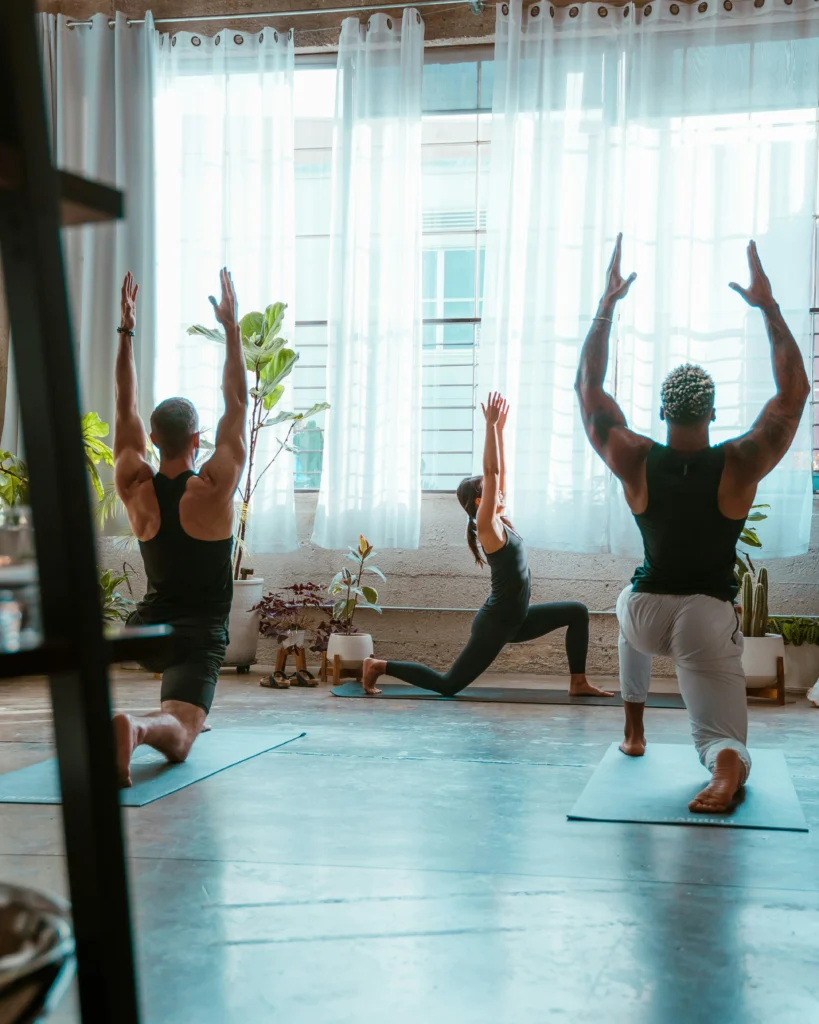
Studios surveyed represent a diverse mix of geographies and business sizes: 42% operate in cities, 44.5% in suburban areas and 13.5% in rural zones. Most are single-location businesses (71%), while 18% run 2–3 locations. Because many studios offer multiple modalities, there’s overlap in categories.
Here’s the breakdown:
- 50% focus on strength (strength training, personal training, HIIT, bootcamp, CrossFit)
- 41% are Pilates-inspired (Pilates, Lagree, Megaformer)
- 40% offer yoga
- 28% focus on cardio (indoor cycling, dance, treadmill, rowing, kickboxing, boxing)
- 18% offer barre
- 19% fall into the “other” category
A Boost in Boutique Studio Profitability
To kick things off, the outlook is positive. More boutique fitness studios are making money this year, with the percentage of profitable studios nearly doubling from 9.2% in 2023 to 17.4% in 2024.
“The report provides at least two reasons for optimism in the boutique fitness industry: First, the percentage of studios that earned at least a 20% profit margin increased and, second, our survey indicates that high profitability is attainable and accessible for most boutique fitness studio owners because the profitable studios in our survey rigorously and consistently apply proven business methods, i.e. standard operating procedures, in their businesses,” The BFS Network co-founder and CEO Julian Barnes tells Athletech News.
As BFS’ report indicates, the F.E.R. formula (Find, Enroll, Retain) is still the successful playbook for profitable studios.
The majority of profitable studios report that they:
- Find: They bring in 10-25 or 50+ new leads per month
- Enroll: They sign up at least 30% of leads as paying members
- Retain: They retain their members, with a monthly churn rate of less than 5%
Forget Flashy—Consistency Is the Key Strategy
The findings reinforce BFS’ message in its 2024 annual letter: sometimes, the simplest path forward is also the most effective.
“Stop searching for something shiny and new,” BFS Network penned. “The way you reach your goals is boring, steady and unsexy: identify the proven business systems, then consistently and rigorously implement those methods to reach maximum profitability.”
According to BFS, most studios earn under $500K annually, and even many profitable ones operate with margins between 1–19%. But reaching a 20% profit margin is within reach—BFS notes that the gap can be closed by adding just 24 new recurring clients a year, or just 2 per month, assuming each pays around $175 per month.
And speaking of simplicity, 44% of profitable studios say referrals—good old-fashioned word-of-mouth—are their most effective source of new leads, followed by paid advertising.
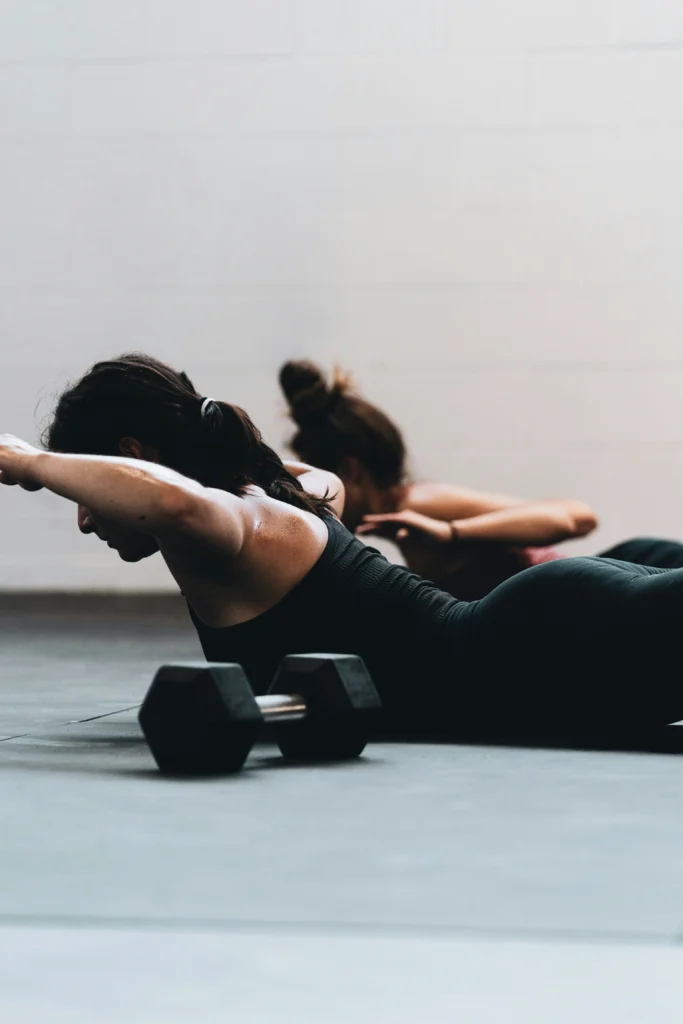
BFS also reports that studios hitting 20% profit margins aren’t necessarily better at converting—they’re simply reaching more people:
45% of high-profit studios report generating 50+ leads per month, while only 14% of lower-profit (1-9%) ones do
- Studios seeing the most weekly visits are more likely to hit the 20%+ profit mark
- Conversion rates (30%+) are fairly steady across the board, so it’s all about volume in reaching new people
A strong team also matters. According to BFS, studios with 20%+ profit margins are twice as likely to have a manager on staff—67% compared to just 33% of lower-profit studios. And they’re willing to invest in leadership: 26% of high-profit studios pay their managers $75K or more, versus only 15% among less profitable studios.
Urban Advantage: Why City Studios Outperform the Suburbs
Perhaps unsurprisingly, studios based in cities are outperforming their suburban counterparts when it comes to both revenue and profit. While they usually pay instructors more per class and are more likely to have managers on staff, they also charge higher prices and bring in more money per member. That being said, BFS points out that rent per square foot is about the same between cities and suburbs.
Key Takeaways:
- One-third of city studios charge $250+ per member per month, vs. 22% in suburbs
- Over half (54%) of city studios bring in $200+ in monthly revenue per member, vs. just 30% of suburban studios
Small Classes, Big Margins: The Pilates Studio Advantage
Pilates studios—particularly those offering Lagree and Megaformer classes—consistently report higher profit margins than other studio types.
According to the report, this comes down to three key factors: premium pricing, a scarcity-based model centered around small group or private sessions and smaller studio footprints. In fact, 81% of city-based Pilates studios rely on sessions with just 5–12 people. Altogether, these elements help keep overhead low and pricing power high, giving Pilates studios a clear edge over other modalities.
Low Prices, Big Spaces: Why Yoga Studios Lag in Profitability
Yoga studios—even the profitable ones—consistently report the lowest margins across all locations. The majority (61%) earn under $500K annually, and nearly half (41%) of those turning a profit still operate below a 10% margin.
Key Takeaways:
- They tend to charge less: 44% of city yoga studios and 67% in suburbs charge under $149/month
- They often lease larger spaces, which can increase overhead
Big Spaces, Modest Margins: The Strength Studio Tradeoff
Whether they’re in cities or suburbs, profitable strength studios in both cities and suburbs demonstrate an annual revenue that is pretty evenly spread across three groups: under $500K, between $500K and $1 million and over $1 million. Most of them land in the 10–19% profit margin range, BFS reports.
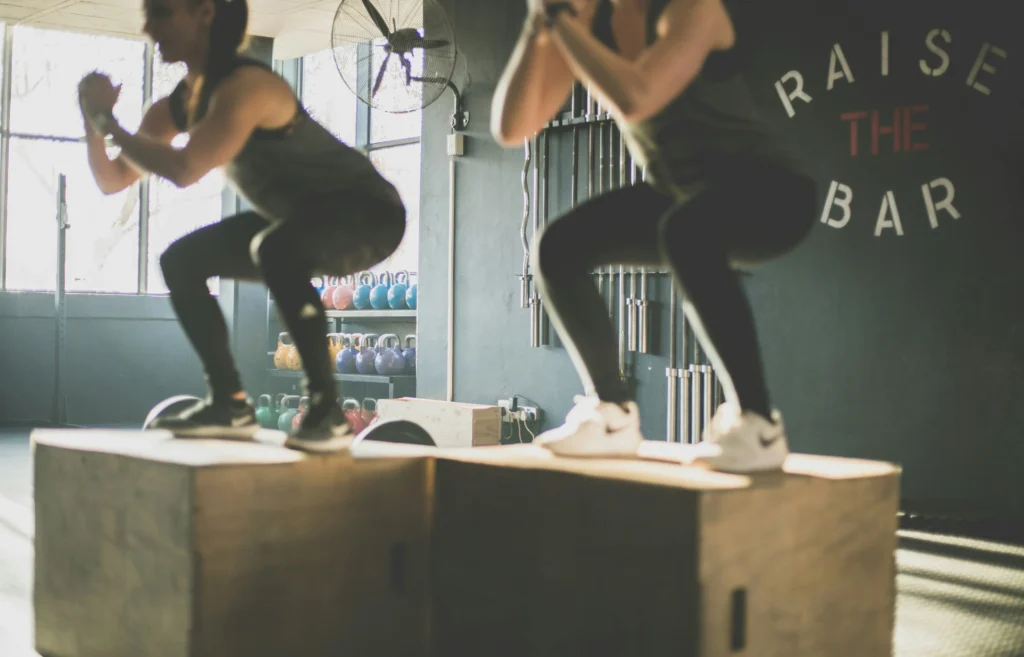
Key Takeaways:
- Only 45% of city-based strength studios (and 36% in suburbs) charge $200 or more per month, compared to 65% of Pilates studios
- Strength studios tend to operate in larger spaces—which oftentimes means higher rent
“Profitable Strength studios operate with a wide range of revenue outcomes and lean toward moderate profitability,” the report noted. “Compared to Pilates, they tend to charge less per month and occupy larger spaces—both of which may contribute to tighter margins. Additionally, higher manager pay in Strength studios may further impact overall profitability.”
In addition to its main report, BFS provides detailed breakdowns of yoga, Pilates and strength studios across both city and suburban markets. To dig deeper on its findings, BFS will host a live webinar on May 13, with BFS CEO Julian Barnes unpacking key takeaways and fielding questions.


